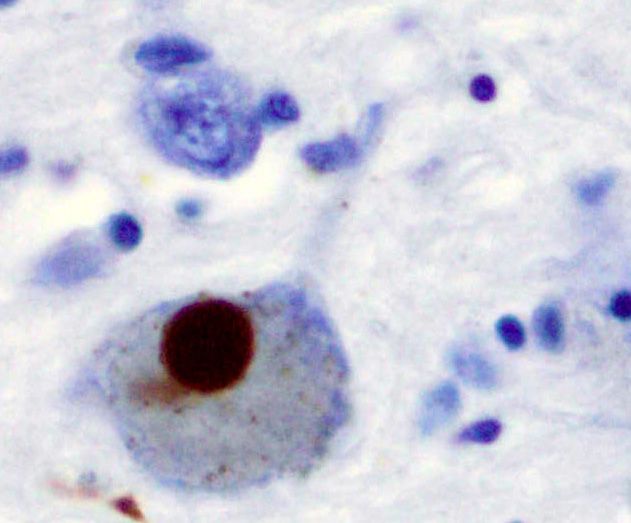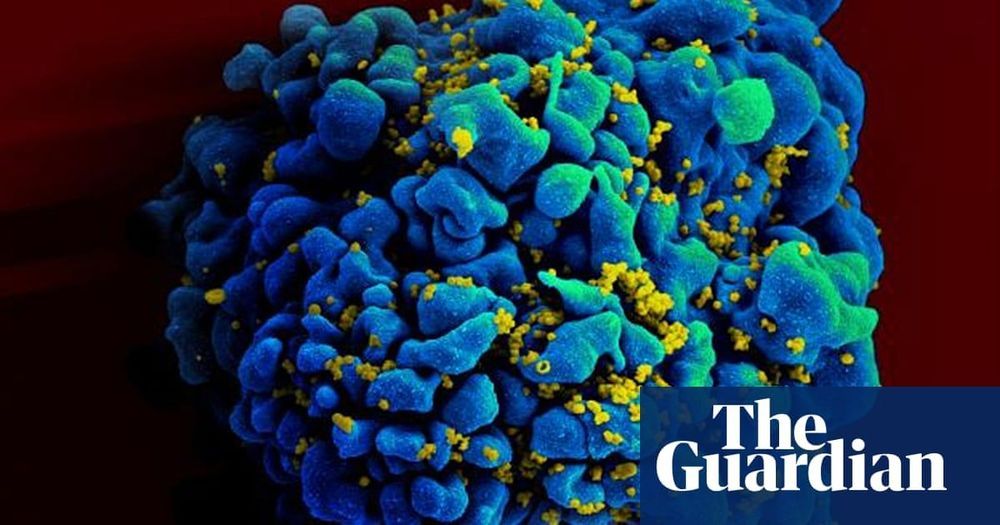And your insurance might even cover the cost.



People who have bipolar disorder may be more likely to later develop Parkinson’s disease than people who do not have bipolar disorder, according at a study published in the May 22, 2019, online issue of Neurology, the medical journal of the American Academy of Neurology.
“Previous studies have shown a relationship between depression and Parkinson’s disease, but few studies have looked at whether there is a relationship between bipolar disorder and Parkinson’s,” said study author Mu-Hong Chen, MD, Ph.D., of Taipei Veterans General Hospital in Taiwan.
For the study, researchers examined a national Taiwanese health database for people were diagnosed with bipolar disorder between 2001 and 2009 and who had no history of Parkinson’s disease, for a total of 56,340 people. They were matched with 225,360 people of the same age, sex and other factors who had never been diagnosed with bipolar disorder or Parkinson’s disease as a control group. Then the two groups were followed until the end of 2011.

LISTEN ABOVE: The director of the Twin Studies Center at California State University explains why all same-sex twins should get genetic testing.
Are you a twin? And if so, do you know with confidence whether you are an identical or fraternal twin?
Many parents rely on the results of an ultrasound. If there are two placentas, they assume they are carrying fraternal twins, and if there is one placenta, it’s assumed the twins are identical.

An end to the AIDS epidemic could be in sight after a landmark study found men whose HIV infection was fully suppressed by antiretroviral drugs had no chance of infecting their partner.
The success of the medicine means that if everyone with HIV were fully treated, there would be no further infections.
Among nearly 1,000 male couples across Europe where one partner with HIV was receiving treatment to suppress the virus, there were no cases of transmission of the infection to the HIV-negative partner during sex without a condom. Although 15 men were infected with HIV during the eight-year study, DNA testing proved that was through sex with someone other than their partner who was not on treatment.

Organisms carry genes that result in certain characteristics when the genes are expressed. The possibilities for an organism to change thus reside in the genes. Animals and plants already have the necessary genes, but can turn them on and off as their surroundings change.
Several fish species can change sex as needed. Other species adapt to their surroundings by living long lives — or by living shorter lives and having lots of offspring. The ability of animals and plants to change can sometimes manifest in apparently extreme ways.
The cuckoo wrass is a fish species that lives in groups with one male and several females. If the male dies, one of the females develops into a new male. This can clearly have obvious advantages under certain conditions.
“Normally we think that the ability to change grows as more changes occur in the life of an average individual. But our research shows that this can work in reverse as well. The greater the ability of an average individual to change, the longer the individual will live,” says Irja Ida Ratikainen, an associate professor at the Norwegian University of Science and Technology (NTNU)’s Department of Biology.

The Post spoke to tech workers in Zhongguancun and other parts of Beijing for a snapshot of what life is really like living in China’s Silicon Valley, as these tech hubs – home to internet giants like Baidu, Meituan and ByteDance – have been dubbed.
Life in China’s tech industry is not easy, with young employees and entrepreneurs battling burnout while also worrying about career ceilings and lay-offs.


Good for Amazon.
Amazon has removed the online listings for two books that claim to contain cures for autism, a move that follows recent efforts by several social media sites to limit the availability of anti-vaccination and other pseudoscientific material.
The books, “Healing the Symptoms Known as Autism” and “Fight Autism and Win,” which had previously been listed for sale in Amazon’s marketplace, were not available on Wednesday. The company confirmed that the listings had been removed, but declined to discuss why or whether similar books would be taken down in the future.
Several such books were still listed on Wednesday. In an article published this week, Wired magazine noted that Amazon is crowded with titles promoting unproven treatments for autism that include “sex, yoga, camel milk, electroconvulsive therapy and veganism.”


Food additives known as dietary emulsifiers, commonly found in processed foods to improve texture and extend shelf life, may adversely affect anxiety-related and social behaviors in mice, Georgia State researchers have found.
The scientists also observed sex differences in the mice’s behavioral patterns, suggesting that emulsifiers affect the brain via distinct mechanisms in males and females.
The study, published in Scientific Reports, was led by Geert de Vries, professor of neuroscience and associate vice president for research at Georgia State, and Benoit Chassaing, assistant professor of neuroscience. Andrew T. Gewirtz, professor in the Institute for Biomedical Sciences, also contributed.